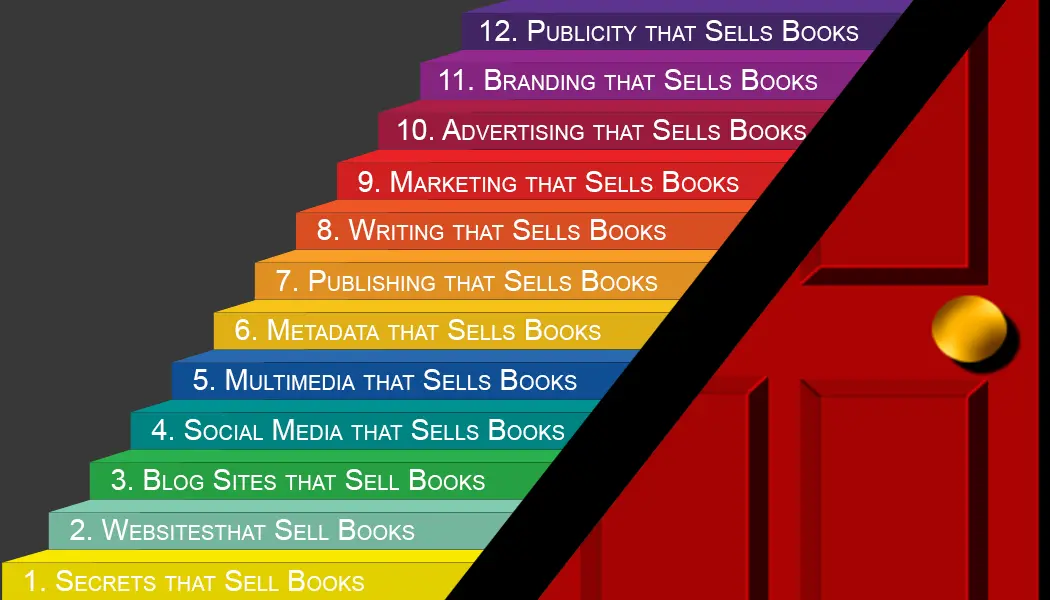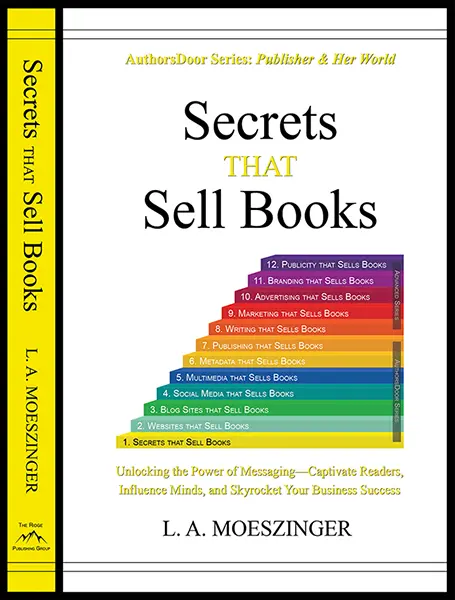In an era where efficiency is paramount, mastering time management is essential for personal and professional success. An editorial calendar, a tool traditionally used within publishing circles, has broader applications that can revolutionize how individuals and teams manage their time and workflows. By implementing an editorial calendar, you can organize tasks, optimize workflows, and achieve goals more effectively and swiftly. Here’s an in-depth exploration of how an editorial calendar can be a game-changer in getting more done faster.
The Concept of an Editorial Calendar
An editorial calendar is a scheduled time management plan that outlines when and where content will be produced, reviewed, and published. Originally designed for media professionals to manage articles, blogs, and publications, this tool can be adapted to manage any project or task list that benefits from structured planning and execution.
Key Advantages of Utilizing an Editorial Calendar
Structured Planning: An editorial calendar provides a visual overview of tasks and deadlines, helping you plan out weeks or months in advance. This structure turns chaotic and overlapping schedules into an organized timetable, preventing task collisions and rushed work.
Priority Management: With a clear view of deadlines, you can prioritize tasks more efficiently. An editorial calendar allows you to allocate your time according to project urgency and significance, ensuring high-priority projects receive the attention they require without being sidelined by less critical tasks.
Enhanced Team Collaboration: In team settings, an editorial calendar acts as a central hub for all project-related information, which improves communication and coordination. It ensures that every team member knows their responsibilities and how these contribute to the project’s broader objectives, fostering a more collaborative and less siloed work environment.
Accountability and Progress Tracking: The calendar serves as a record of what needs to be done and by whom, increasing accountability among team members. It also allows for easy monitoring of project progress, helping identify bottlenecks or delays early and adjusting plans accordingly to stay on track.
Implementing an Editorial Calendar Effectively
Selection of Tools: Choose a platform that fits your or your team’s needs. Digital tools like Trello, Asana, and Google Calendar are popular for their ease of use and integration capabilities with other digital tools. These platforms support real-time updates and can be accessed by multiple users from various locations.
Goal Definition and Milestone Setting: Clearly define the goals for each project or task and set milestones that mark significant progress points. This clarity will guide the detailed planning in the calendar and provide benchmarks against which to measure progress.
Detailed Scheduling: Populate your editorial calendar starting with non-negotiable deadlines and working backward to schedule preparatory tasks and intermediate milestones. Include detailed descriptions for each task, assign responsible parties, and allocate sufficient time for task completion. Remember to incorporate buffer periods to absorb any unforeseen delays.
Regular Reviews and Adjustments: An editorial calendar is not a set-and-forget tool. Regular reviews (weekly or bi-weekly) are crucial to adapt the schedule to real-time challenges and changes. These reviews provide an opportunity to reassess priorities, redistribute resources if necessary, and ensure the team remains aligned with the updated plans.
Conclusion: Maximizing Efficiency through Time Management
An editorial calendar is a potent tool for anyone looking to enhance their time management skills and boost productivity. By transforming abstract tasks and deadlines into a structured, actionable plan, an editorial calendar can help you manage your workload more effectively, meet deadlines comfortably, and free up time for strategic thinking and creativity. Whether you are managing a complex project, overseeing a team, or juggling multiple tasks, integrating an editorial calendar into your routine can lead to significant improvements in efficiency.
_________________________________________
Related Entries:
Optimizing Amazon Metadata: A Guide for Authors and Sellers
Related Topics:
Visit our website at www.AuthorsDoor.com and our blog site at www.AuthorsRedDoor.com as you continue your author-publisher journey.


